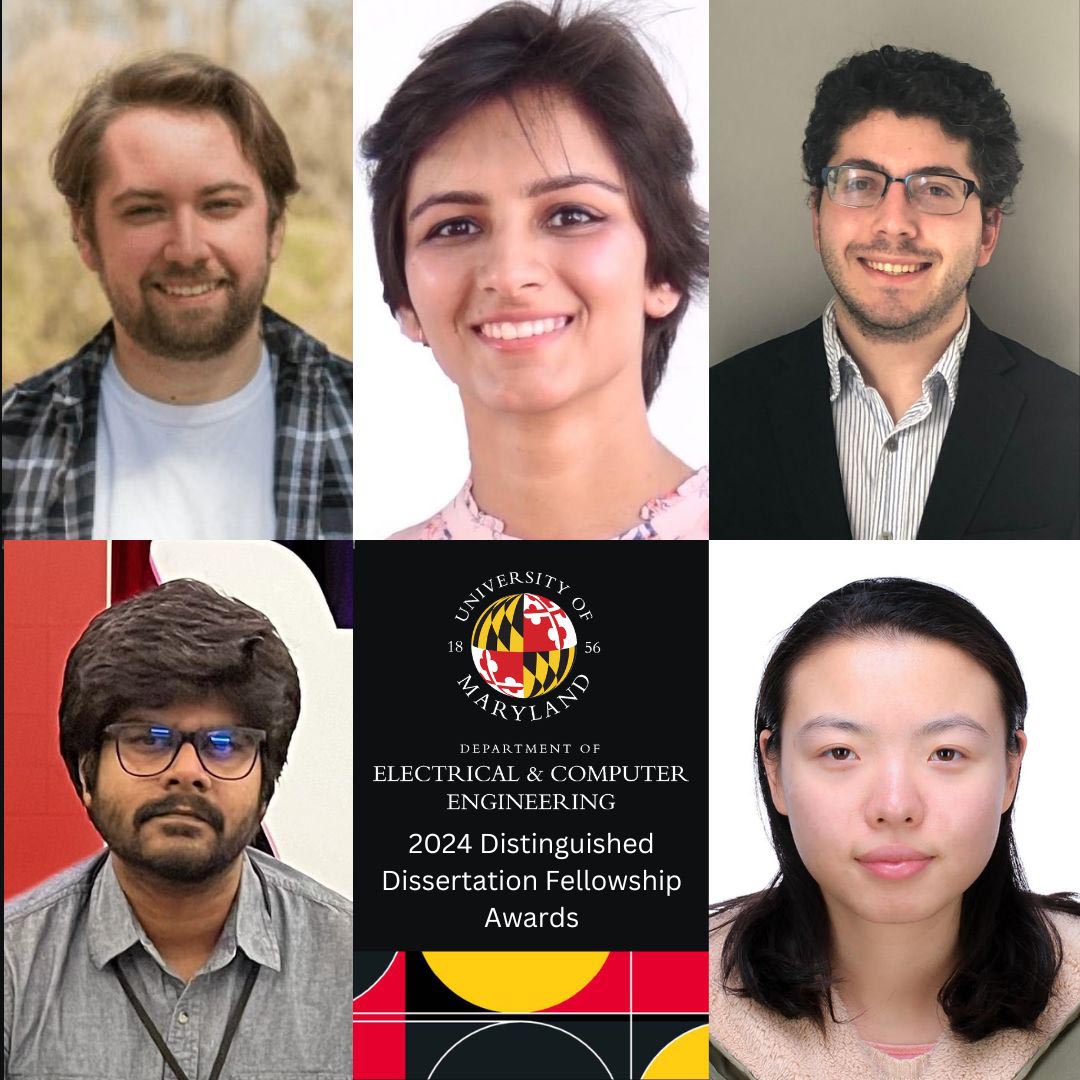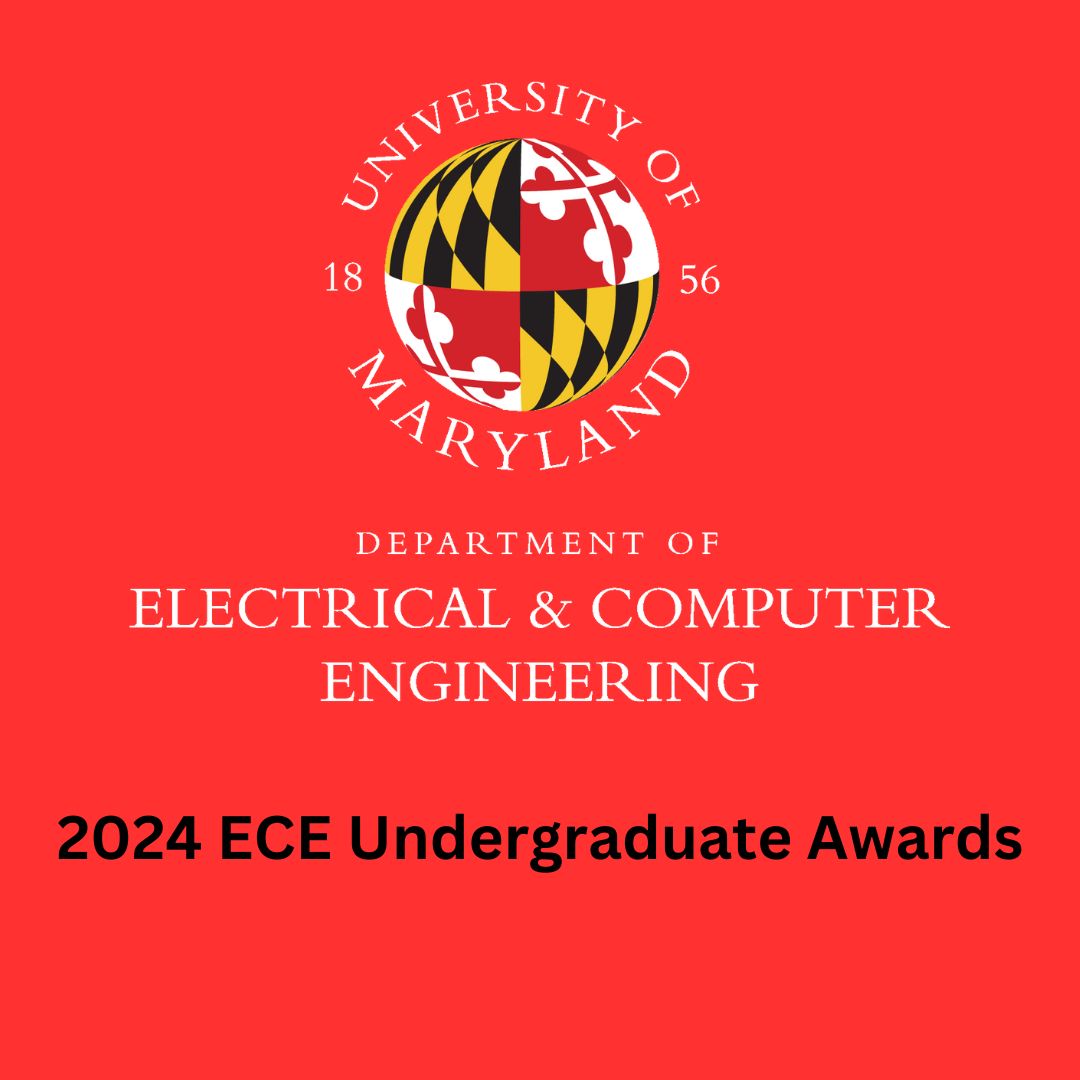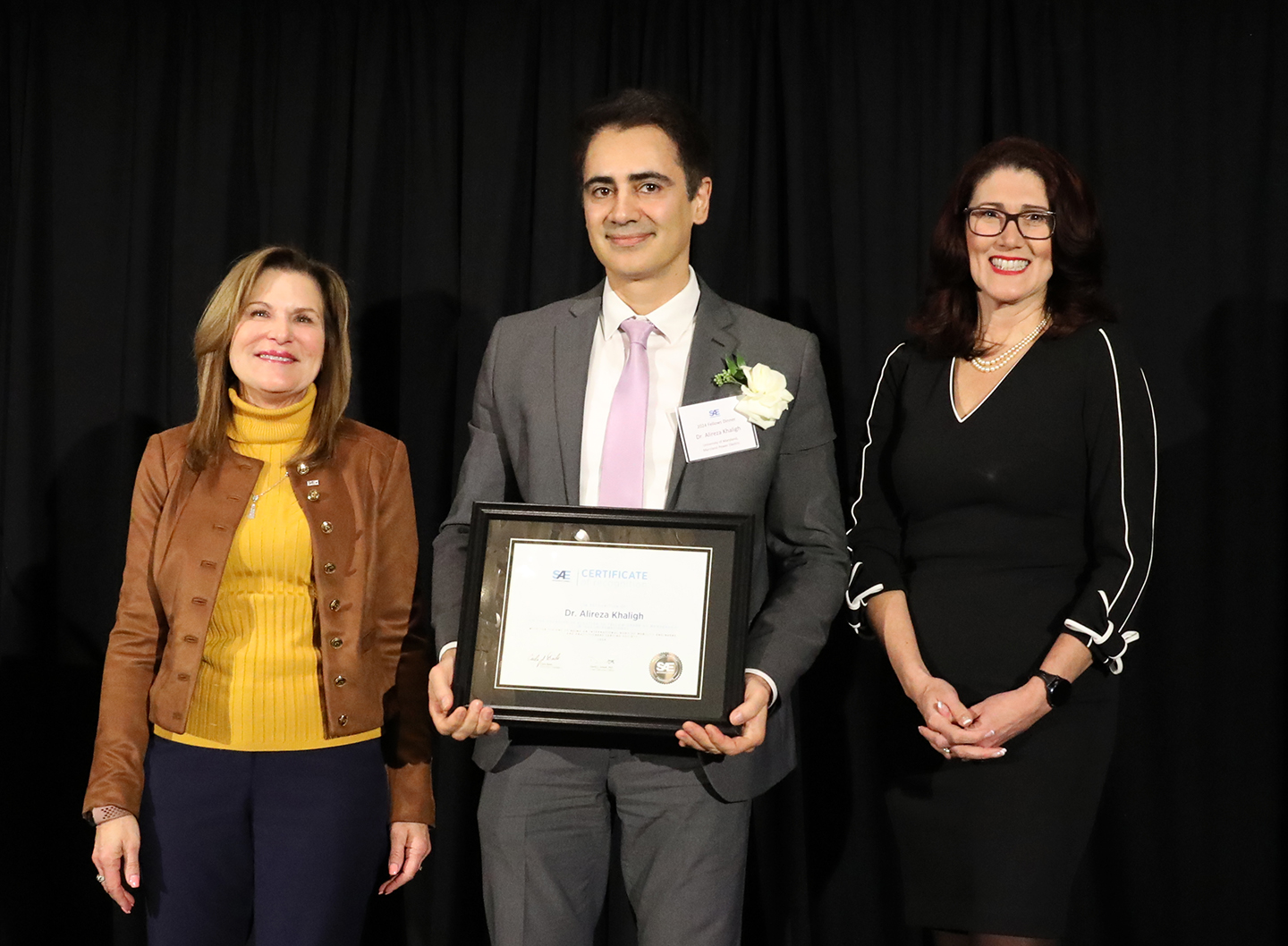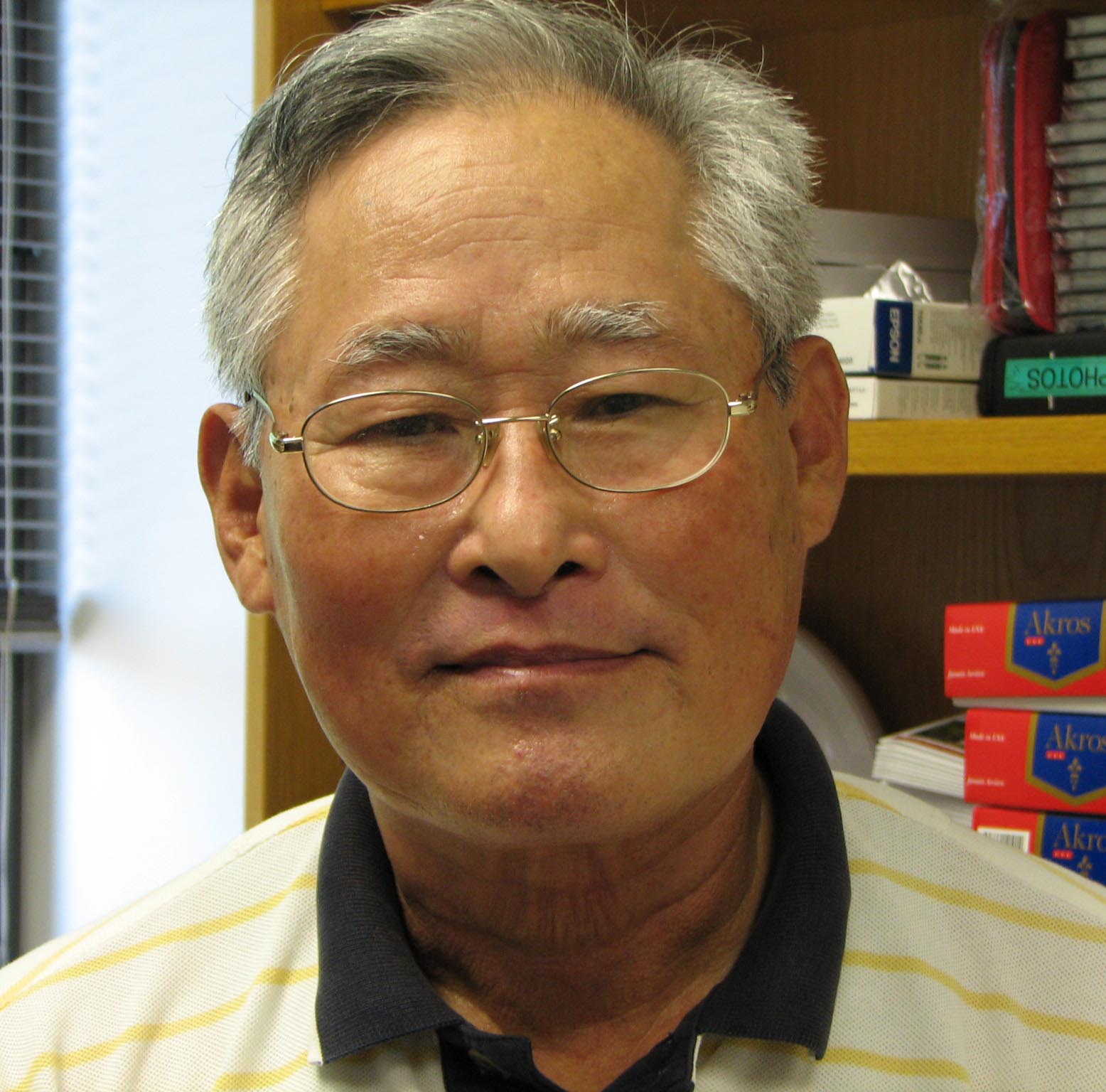News Story
Farvardin Takes Major Role in New Chesapeake Nanotechnology Initiative

Dean Nariman Farvardin
Electrical and Computer Engineering (ECE) faculty are major contributors to the field of nanotechnology. The Clark School of Engineering, together with the College of Computer, Mathematical and Physical Sciences and the College of Chemical and Life Sciences, recently formed the Maryland NanoCenter. Maryland was ranked first in the nation in nanotechnology research and education in a recent survey by Small Times magazine. The new Kim Engineering Building will feature several advanced nano-related labs, including a basketball-court-sized clean room facility and the Keck Foundation Laboratory for Combinatorial Nanosynthesis and Multiscale Characterization.
According to Christopher C. Foster, Chief Scientist of the State of Maryland and Deputy Secretary of the Maryland Department of Business and Economic Development, the field of nanotechnology is cross-disciplinary by nature, bringing together “all sciences.” This fact, plus the need for sophisticated resources and infrastructure and the growth of strong competition around the world, makes forming the Chesapeake Nanotechnology Initiative critically important to the region’s future as a technology leader. The area’s wealth of start-up and established corporations, together with major government labs, increases the likelihood of success. The group plans to develop and begin to implement their recommendations regarding nano-bio efforts, other applications such as nano materials and nano electronics, and best practices for developing the nano community and businesses, in January 2006.
Published June 3, 2005









